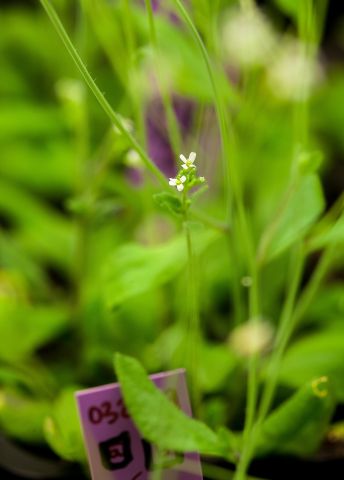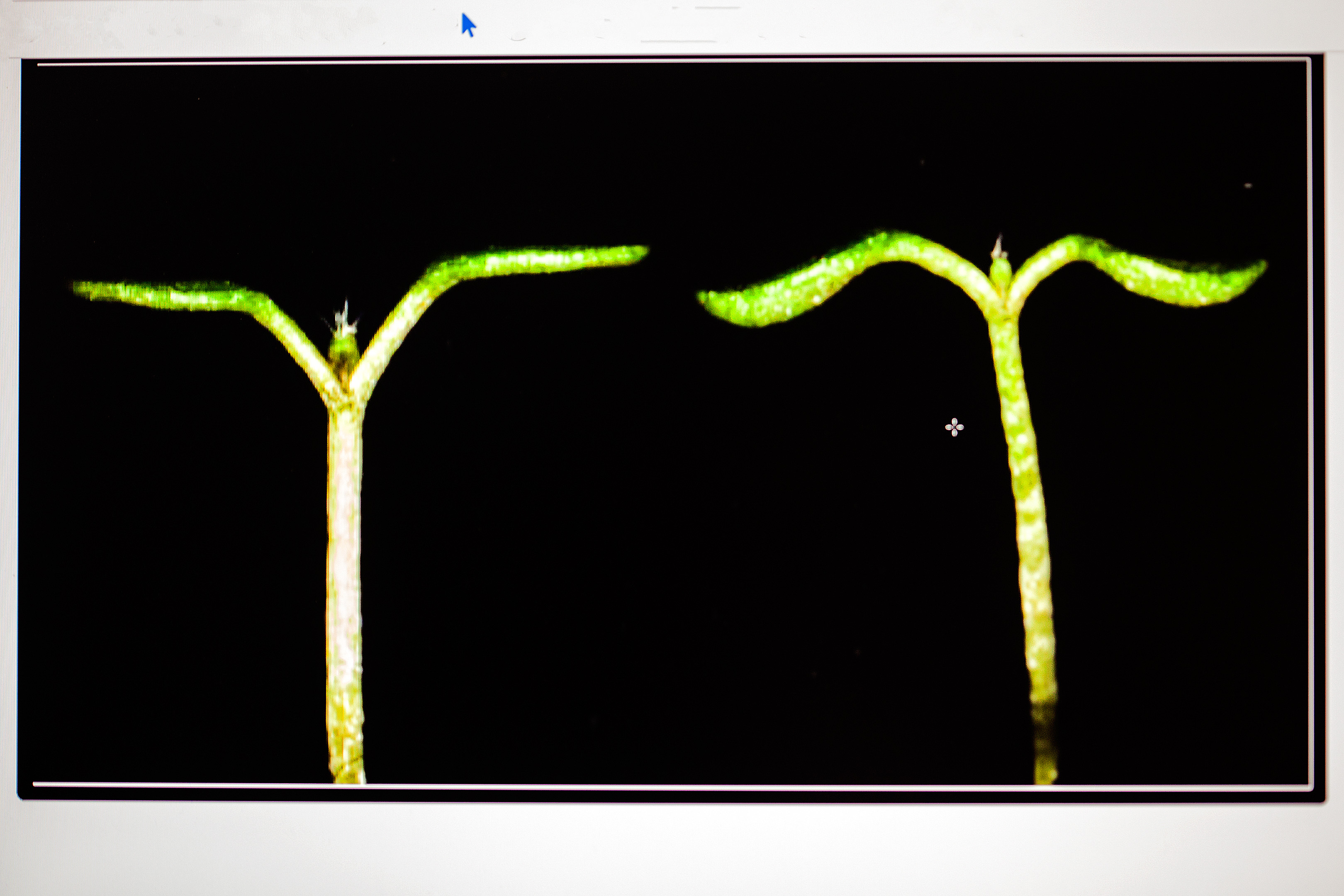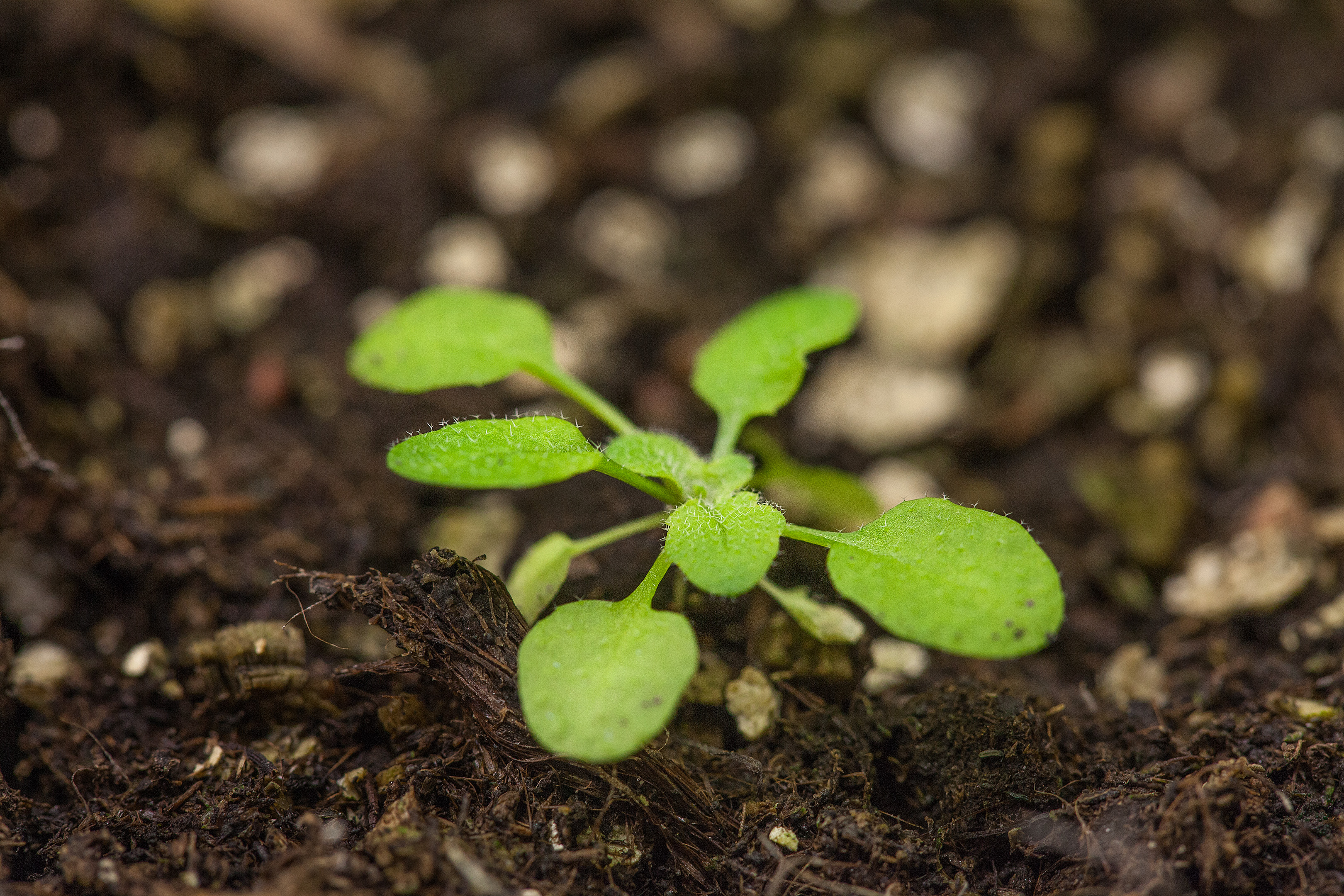
Project Grant 2015
Evolutionarily conserved mechanisms of stress response that converge on mediator and chromatin structure
Principal investigator:
Stefan Björklund, Professor
Co-investigators:
Umeå University
Åsa Strand
Swedish University of Agricultural Sciences
Hans Ronne
Claudia Köhler
Jan Stenlid
Institution:
Umeå University
Grant in SEK:
SEK 39.7 million over five years
Drought and infections are common causes of poorer crop yields in agriculture and forestry. Stressed plants do not grow well. But we know relatively little about the processes controlling the response of organisms to changes in the conditions around them.
Examining stress at molecular level
Professor Björklund, based at Umeå University, is leading a research team funded by the Knut and Alice Wallenberg Foundation to study how plants adapt to stress at molecular level. Stress is registered by receptors on the surface of the cell or in various cell organelles. The information is passed on to the cell nucleus, where the genetic information is transcribed before new, stress-tolerant proteins can be produced.
“There are various reasons why genes change expression. They include infections, cold, heat, drought or high salt concentrations,” Professor Björklund explains.
Transcription is controlled by regulatory proteins. Their effects are communicated by a complex of proteins called “Mediator”.
“Our project focuses on the role of Mediator in adapting to stress,” comments Professor Björklund.

Impact from surroundings
Modern-day human beings are well acquainted with the phenomenon of stress. It is a reaction to events or situations that are a strain on body or soul.
If we lie asleep in a cool, dark room, we are normally fairly free from stress. Our metabolism slows down a few hours after we have eaten. As soon as the alarm clock rings, we begin to adapt to the new situation. It is warmer and lighter in the kitchen, and the body needs to mobilize various enzymes that break down fats, carbohydrates and proteins once we have eaten breakfast.
Every moment of the day and night we must regulate all 25,000 genes so they maintain a perfect level. At a given moment a single gene may express itself in 5,000 copies a minute; another gene may not express itself at all. Five minutes later it may be just the opposite. All living organisms are constantly exposed to similar challenges. To survive, we need to adapt to changes in our environment.
Different types of stress
Researchers in Umeå are studying what happens when plants and fungi are subject to stress of various kinds. They are studying thale cress (Arabidopsis thaliana) and spreading earthmoss (Physcomitrella patens), two distantly related plants, along with wine yeast and mold, two distantly related fungi.
These plants and fungi are both often used as model organisms in research. It is easy to cultivate or purchase samples that have been genetically modified.
Various experiments will expose the organisms to bacteria, infections or pests causing biotic stress, i.e. stress caused by living factors.
They will also be exposed to increased temperature or salt levels or to other non-living factors – known as abiotic stress. What happens at the molecular level when the plants and fungi receive less or more water, less or more heat or are planted closer together or further apart?
“If we subject the fungi to the same types of stress, and discover they respond in the same way, we can probably assume we have identified important functions,” says Professor Björklund.
The researchers hope they will likewise be able to identify common denominators between thale cress and spreading earthmoss. The next step will be to compare the fungi with the plants.
“The project is yielding insights into the ways that various stress signals interact to adapt to changes in the environment. This knowledge will make it easier to develop strains of arable crops and trees that are resistant to plant stress,” Professor Björklund explains.

Resistant to drought and infections
The researchers made a surprising discovery when they conducted experiments on thale cress plants missing the genes MED18 and MED25.
“We saw that the plants had become more resistant to drought, infections and high salt concentrations. This was a surprise. When a gene is removed, a characteristic is often lost, which would tend to imply a change for the worse. But here the effect was positive. I am quite sure plants that are drought-resistant will be in demand in a warmer climate,” Björklund adds.
The experiments also showed that flowering was heavily delayed. This makes them sterile.
“If plants do not flower in time, they cannot reproduce. This is a plus from both an ethical and a commercial viewpoint. There is always a concern about genetically modified plants spreading.”
Start-up phase
The project is still in its infancy. Professor Björklund is busy recruiting staff, but expects to have put a team together by the end of the year.
“I’m looking for researchers on social media sites across the world. One recruit is a woman from Pakistan. She will be joining us in August. There will be many nationalities in the lab, which is great – it will be a really enriching experience,” he says.
Text Carin Mannberg-Zackari
Translation Maxwell Arding
Photo Magnus Bergström



